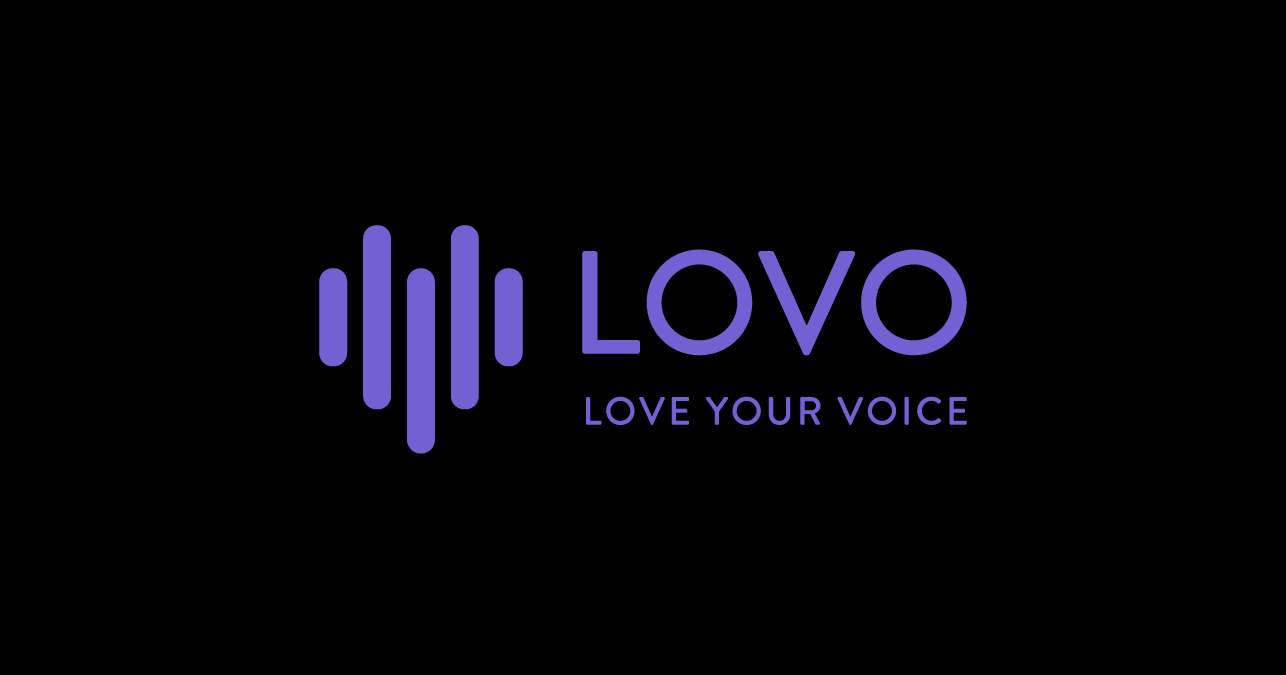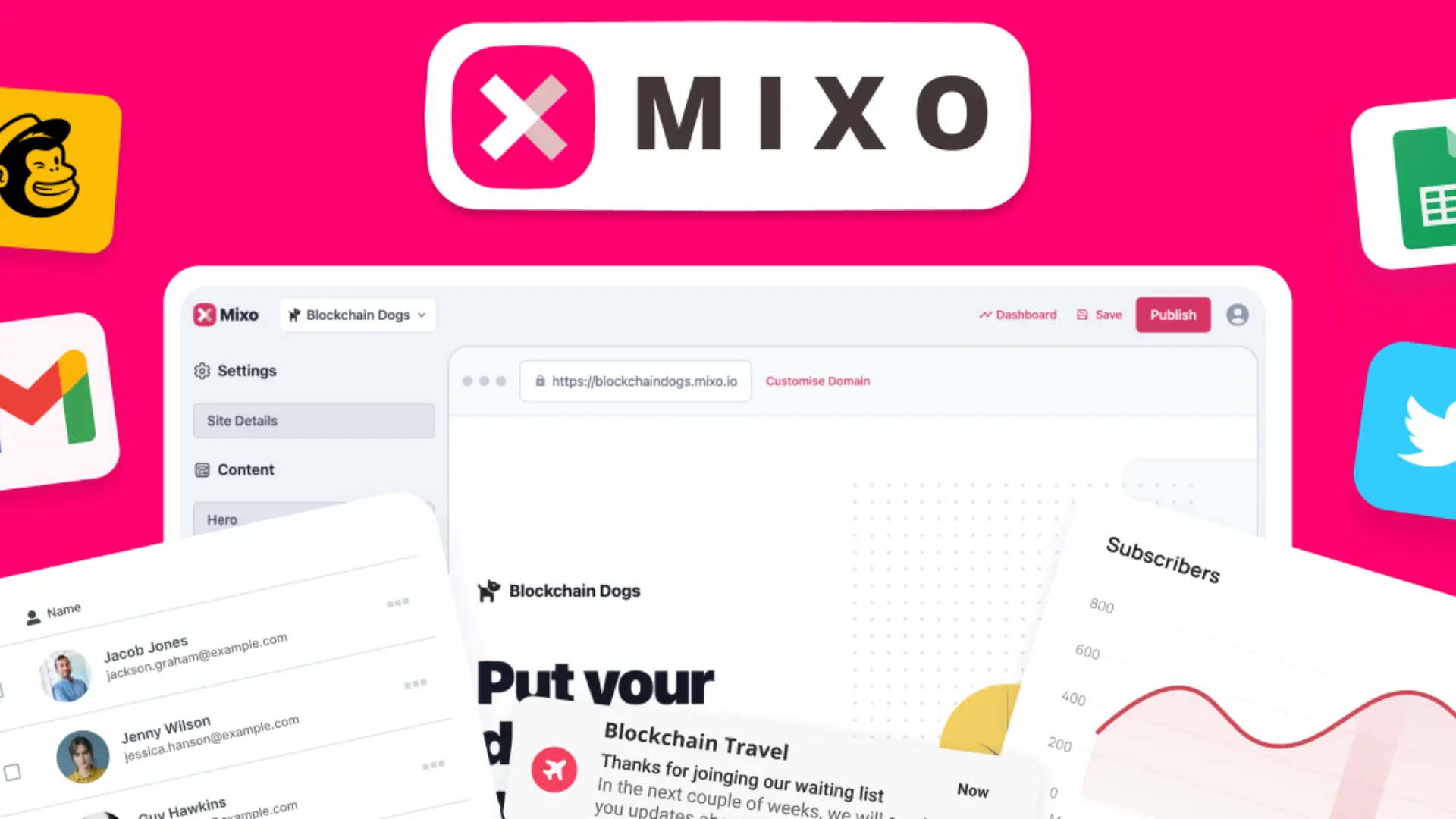If you have a smashing webinar planned, there are two main issues that you want to address: filling the seats and getting people to actually show up! This article will go over how to accomplish both of these things.
One thing that I want you to keep in mind is that a webinar in itself doesn’t have the phenomenal potential for generating income, so it shouldn’t cost a tremendous amount of money. Just like a live event, a webinar funnel is a simple, but effective way to capture leads and put you in an advantageous position of pitching your main product. Unlike a live event, though, a webinar is much cheaper to execute. Here is how to do it.
Webinar funnel components
The best webinar funnels have only two pages, the landing page and a thank you page. The landing page includes only three items: a headline, bullet points, and a picture. You want the page to be simple so the reader will opt-in on impulse. Too much information will make them second guess their decision. Make it easy to say yes.
The headline
The headline is prominent and toward the top of the page, with a large call to action button directly below it, “Register for the Webinar”. The headline should state the specific benefit of the webinar, using a “value-stack” with 2-3 benefits in a run-on sentence. These benefits should be specific and tangible, meaning the same thing to everyone who reads them. Numbers work well. ( i.e. “How to write a $10,000 automated webinar script in 30 minutes”)
Pictures and bullet points
Below the call to action button are professional pictures of the presenters with blurbs on who they are and why you want to hear from them. Besides, the pictures and bios are a few bullet points on what the viewer will learn. The bullet points should be value stacked, tangible, and specific, just like the headline, but with more detail on the takeaways of the webinar.
Thank You page
When a user clicks the call to action button, they land on the thank you page. This page has an “add to calendar” button and a “spread the word” social button. If you’re looking to get as many people as possible on the webinar, this is where the funnel ends. If you’re not concerned about distracting from viral social sharing, you can add an “offer wall” below.
Optional offer wall
The offer wall presents a one-time offer that is a value-add to any person who is interested in this particular webinar. Offer a related product or service at a discounted rate (between $50 and $300 dollars) that a user will likely to buy impulsively. This feature can help you recoup ad costs and run a campaign that will pay for itself.
Getting people to show up
If you’ve ever hosted a webinar, you know that without coaxing, the attendance rate is usually low. One way you can attract more attendees is to partner with a person who can draw a crowd. When you have two presenters on a webinar, each can promote to their network and you draw in twice the traffic to your funnel. The added benefit of a joint venture is that you can gain a commission on sales that your partner pitched on your webinar, and vice versa
Whether you’re presenting solo, or as a team, email follow-up prior to the webinar is imperative for attendance rates. By making the webinar feel like an event and emailing multiple times in the days before the event, you can increase your attendance dramatically. Three to four days in advance of the webinar, send daily emails to prepare and inform. Include relevant content that showcases expertise and little tasters of the value stacks that were promised. This content will get them excited, and leave them wanting more. In the 24 hours prior to the webinar, send out 6 emails: 24 hours before, 12 hours before, 4 hours, 1 hour, at the start time, and 10 minutes into the webinar asking if they need help and offering more instructions. This will ensure the ‘event’ isn’t forgotten.
Another related attendee behavior to address is people staying until the end, so that they will actually listen to your pitch. Experience shows that oftentimes people tune in and then go off to browse something on the internet or do stuff around the house. This can be addressed by offering a free gift at the very end of the webinar, AFTER your pitch.
Using webinars to sell
Webinars can be an extremely profitable platform to pitch a product or service from. By nature, webinars attract qualified and interested prospects and present you or your client as an expert. Once you’ve got an interested audience and have built the rapport through your expertise, it is a natural time to pitch a helpful, relevant product or service to your audience. By following up with a webinar recording email and call to action, you can convert the interested audience into customers.
By the way, I made a video tutorial (technical stuff) on how I produce the live training session for our Social Media Director Mentorship Program, together with the recordings. I use the same setup for webinars, and you can check it out here.
For more information, check out the following guides:
Matt Astifan
A digital marketing enthusiast who is passionate about publishing, startups and the creator economy. Matt is the CEO of Web Friendly and helps write, recruit and improve content across the website.
follow me :








Related Posts
Brand Storytelling Psychology: Secrets to Persuasive and Effective Sales
Nov 06, 2023
How to Turn Your Website into a Sales Funnel (AKA Website Sales Funnel)
May 24, 2023
ClickFunnels 2.0 Pricing, Features, Link to Sign Up and More
Apr 25, 2023